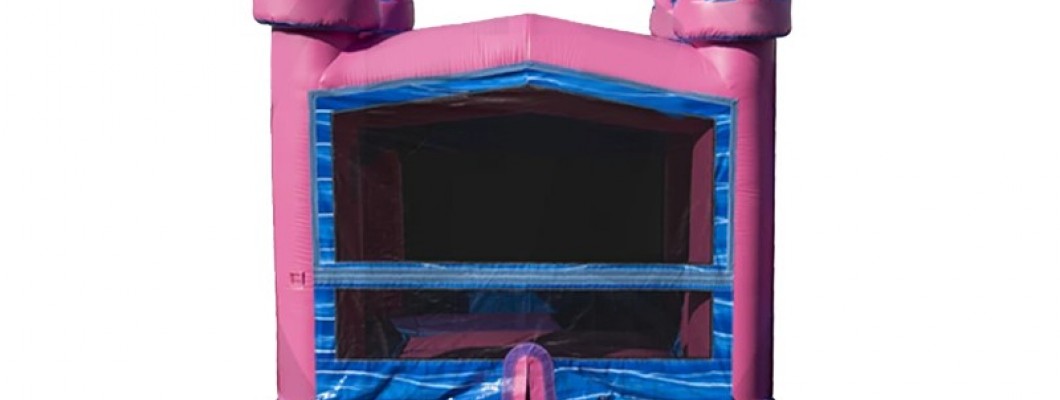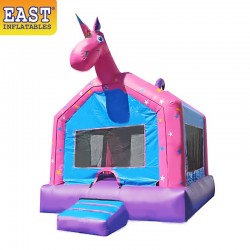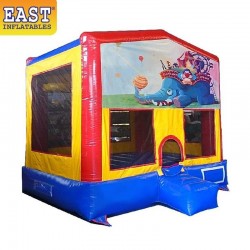
Inflatables, such as jumping castles, water slides, and bounce houses, are popular entertainment options, especially during warm weather. However, one common concern is whether these inflatables can get too hot, making them uncomfortable or even dangerous for users. Let's explore this topic in detail.
The Nature of Inflatable Materials
Most inflatables are made from durable materials like PVC or vinyl. These materials are chosen for their strength, flexibility, and water resistance. However, they are also known to absorb heat, especially when exposed to direct sunlight for extended periods.
Heat Absorption and Surface Temperature
When inflatables are placed under the sun, the surface temperature can rise significantly. On a hot day, the surface of an inflatable can become quite warm, sometimes even exceeding the ambient temperature. This can make the surface uncomfortable to touch, especially for children who often use these play structures barefoot.
Safety Concerns
Excessive heat can lead to safety issues. A hot inflatable surface can cause discomfort, burns, or heat-related illnesses such as dehydration or heatstroke, particularly in young children. It's essential for operators and parents to monitor the temperature and take precautions to ensure a safe experience.
Preventative Measures
There are several ways to mitigate the heat absorption of inflatables:
- Setting up the inflatable in a shaded area or under a canopy can reduce direct sun exposure.
- Using a cooling spray or misting system to cool down the surface periodically.
- Encouraging children to wear socks or water shoes to protect their feet.
- Limiting playtime during the hottest parts of the day.
Conclusion
Inflatables can indeed get hot, particularly in sunny conditions. However, with proper precautions, the risks can be managed effectively. By being aware of the potential for heat buildup and taking steps to cool the surfaces, inflatables can remain a fun and safe option for everyone.




Leave a Comment